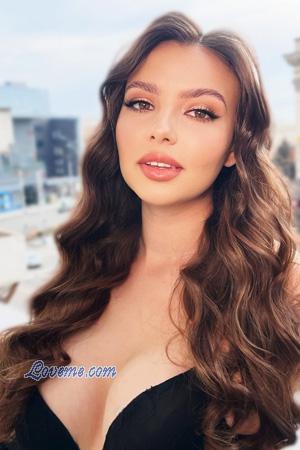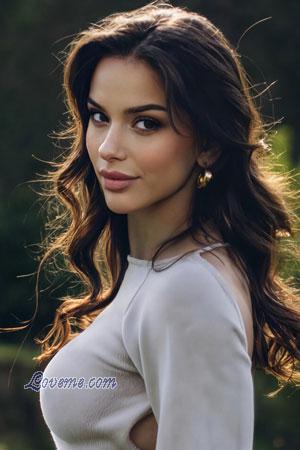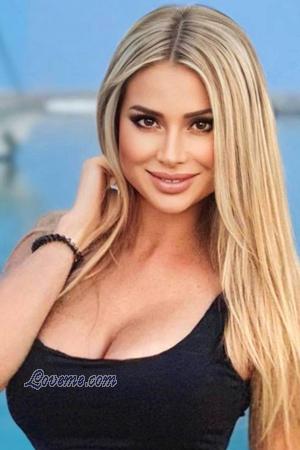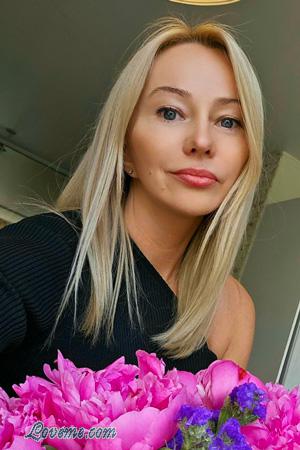
SITEMAP
ROMANCE TOURS
INTERNATIONAL DATING
ABOUT RUSSIAN WOMEN
SCAM LIST
HOW AVOID FRAUD
RUSSIAN TRAVEL
DATING ADVICE
DATING SERVICES
SINGLES CRUISES
LANGUAGE COURSES
LEARN RUSSIAN


ABOUT RUSSIA
OUR SERVICES
ABOUT ME
CONTACT ME

|
HISTORY OF RUSSIA
Ancient Russia
If you want to come to Russia, your main consideration might be the weather, because there's always something happening in cities, multitude of outdoor activities for any time of the year and there are not so many tourists yet, so don't worry about tourist crowds. Here's when it's better to come, depending on your needs.
Peoples exist in historical time and in geographical localization, they are formed in the certain territory in some chronological period; areas of distribution of peoples and borders of the states vary. Both ethnoses and the states are not eternal: they are born and perish, develop and transform in new social communities.
more..
Moscow State History
Minor Moscow Princedom was doomed to head the struggle against The Golden Horde in the middle of XIII century, then, oppose the Lithuanian threat in the Eastern Europe, overcome feudal division of Russia and became a dominant political power. Moscow rise and its gradual transformation into the national center of integration of Russian lands cannot be explained merely by its favourable geographical position. The initial territory of Moscow Princedom was not very large, even after joining of Kolomna and Mozhaisk.
more..
-
Ivan III Reign. Culture of Muscovy. The Foreign Policy of Ivan III. Overthrow of the Golden Horde Rule.
Consolidation of The Moscow Princedom in Reign of Vasily I.Changes in the System of Public Management.
more..

-
Government and Political System of Russia in XVI century.Social and Economic Development of Russia in XVI century.Internal Policy.
Reforms of the middle of XVI century. The Oprichnina (1565-1572).The Reign of Tsar Feodor Ivanovich (1584-1598).
Foregn Policy. The Livonian War (1558-1583). Russian Culture in XVI century.
more..

-
Boris Godunov's Reign. The Reign of Lzhedmitry I. The Reign of Vasily Shuysky (1606-1610).The Reign of Lzhedmitry II.
The Swedish Intervention. Semiboyarshina. The Zemshina Territorial Army and Liberation of Moscow.
more..

-
Evolution of the State-Political System. Economic Development. City Revolts. The Revolt of Stepan Razin.
The Struggle for the Annexation of Ukraine and an Outlet to the Baltic Sea. Russian Culture in XVII century.
more..

Russian Empire History
After The Distemper Time - in the beginning of XVII century, Russia survived through the reign of two self-styled Tsars and Polish-Swedish intervention, regained its statehood with a new monarchical dynasty of the Romanovs who came to power in 1613. In the reign of Alexey Mikhailovich Romanov (the second Tsar of the dynasty), in the middle of XVII century, a national liberation war under the command of Bogdan Khmelnitsky was waged in Ukraine against Polish dominion.
more..
-
The First Years of Peter's I Reign. Azov Campaigns and "The Great Embassy". Reforms in Russian Economics in the first quarter of XVIII.
Financial Policy. Reorganization of State Government. The Church and Abolition of Patriarchate.
more..

-
Russian Culture in 1725-1762. The Epoch of Palace Revolutions. The Reign of Catherine I (1725-1727). The Reign of Peter II (1727-1730).
The Reign of Anna Ivanovna (1730-1740).The Reign of Elizabeth Petrovna (1741-1761).
more..

-
Reign of Catherine II (1762-1796). Reign of Pavel I (1796-1801). The Social-Economic Development. The Public Idea and Social Movements.
Country War in Russia in 1773-1775. Foreign Policy in the second half of XVIII century. Russian Culture in the second half of XVIII century.
more..

-
The Movement of Decembrists. The Revolt of December 14, 1825. The Foreign Policy in the first half of the XIX century.
The Foreign Campaign of the Russian Army in 1813-1815. Education.
more..

-
The Polish Revolt of 1830-1831. Foreign Policy of Russia in the 2nd half of XIX Century.
The State-Political Development of Russia in the 2nd half of the XIX century.
The Crimean war. Education, Culture and Science.
more..

-
The Liberation of Peasants.The Political Crisis of 70s-80s.
Development of Russia during the Post-reform Period. The Social Movement. The Polish Revolt of 1863.
more..

-
The State-Political Development. The Policy of Counter Reforms.The Economical Policy of Alexander III.
The Public and Revolutionary Movement. Education and Enlightenment.
more..

-
Coming to the Power of Nikolay II. The Revolution Movement and the Creation of Parties.
Socio-Economical Development of Russia. The First Russian Revolution 1905-1907.
more..

Soviet Russia
When analysing a complex, contradictory and dramatic process of drastic transfigurations after October 1917, it is important to realise from the very start, that it's absolutely non-perspective to try to catch real lineament of the process, looking at it through unicolour glasses (of any sort: pink, black etc.)
more..
-
Governing institutions from February till October of 1917. Bodies of Soviet authority. The system of political parties.
Bodies of Soviet authority. The policy of the Provisional Government. April crisis.
more..

-
The Policy of Russia in the field of Economy. The Basis of the Economic Policy of the Whites.Armed Forces of Soviet Russia.
Armed Forces of Opponents of Bolsheviks. Armed Struggle in Ukraine and in the South of Russia.
Negotiations with Germany, the Relations with Entente.
more..

-
Political System. The Struggle Inside the Party. New Economical Policy (NEP).Problems of NEP Economics.
Social-Political Processes and Public Idea. Culture of 20s.
Foregn Policy in the Period of NEP.
more..

-
Stalin or Bukharin.Political regime. Forced economic development.
more..

-
Beginning of World War II. The rebuff organization. Drastic reversal in the war.
Liberation of the USSR and European countries.Crushing defeat of Japan. End of war.
more..

-
Clulture of the Post-War Decade.Foreign Policy. The Cold War.Consolidation of Personal Authority of Stalin.
The Nomenclature's Authority. Repressions of the end of 40s-the beginning of 50s. The XIX Congress of the VCP (b).
more..

-
Culture and Art in the "Thaw" period.Liberalisation of the foreign policy course.
Achievements in science and industry.The CPSU after the XX Congress.
more..

-
Socio-economic development in 1965-1984. Social movements.
Foreign policy in 1965-1984. Culture in the "stagnation" period.
Party and state system.
more..

-
The so-called "Freedom" in Culture.The Putsch of August, 1991.
The USSR collapse. M. Gorbachev and "perestroika". Socio-political struggle.
Swell of economic crisis.
more..

Russian Federation
On December 25, 1991 the Supreme Soviet ratified the official name of the Russian state - the Russian Federation. Having received full authority, the Russian government from the first days of 1992 began to realize economic reforms.
more..
-
State political development.
Development of State system basis in the Russian Soviet Federative Socialist Republic prompted process of sovereignty acquiring by other union republics and USSR disintegration. The 1st congress of People's Deputies of Russian Soviet Federative Socialist Republic elected B.N. Yeltsin to the post of the Chairman of the Supreme Soviet of the Republic, he became the recognized leader of new Russia.
more..

-
Consequences of "shock therapy". The Chechen Crisis. The Constitution of the Russian Federation.
more..

Russian Rulers
Chronology.862-879 Rurik, (Hrorekr)
semilegendary ruler of Novgorod
879-913 Oleg (Helgi), first ruler of Kiev
913-945 Igor (Ingvar)
945-964 Olga (Helga), widow of Igor
945-972 Sviatoslav I more..
Historic Personalities
Baghowut K. F.
Bagration P. I.
Barclay de Tolly M. B.
Bulganin N. A.
Chervyakov A. G.
Chichagov P. V. more..
Dates and Events
Ancient Russia (V-XII centuries).
VI-IX c. - Formation of Eastern Slavs tribes unions.
IX - Creation of early-state associations of Eastern Slavs in the area of the Dnepr and the lake Ilmen.
860 y. - Collective sea campaign of Dnepr Slavs and Varangians against Constantinople (Tsargrad)
862-879 y. - The reign of Rurik in Novgorod
more..
|
|
|